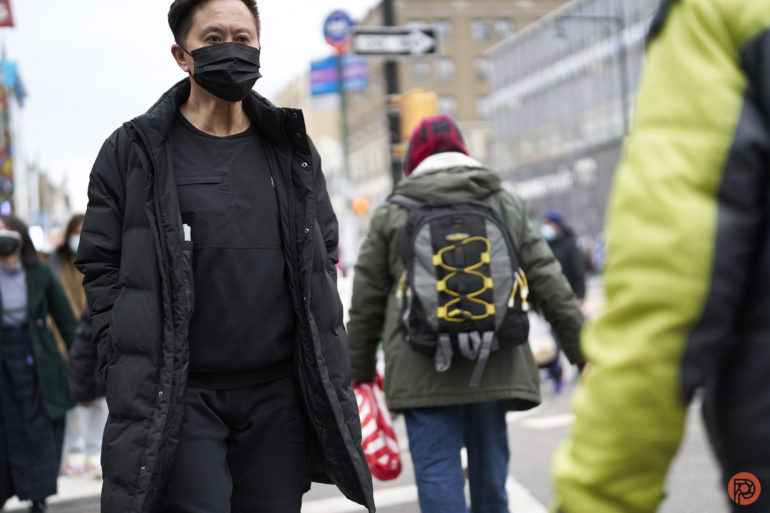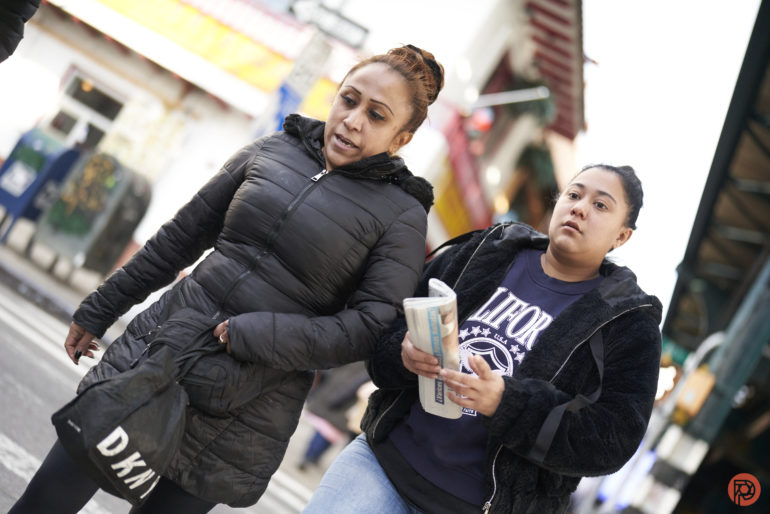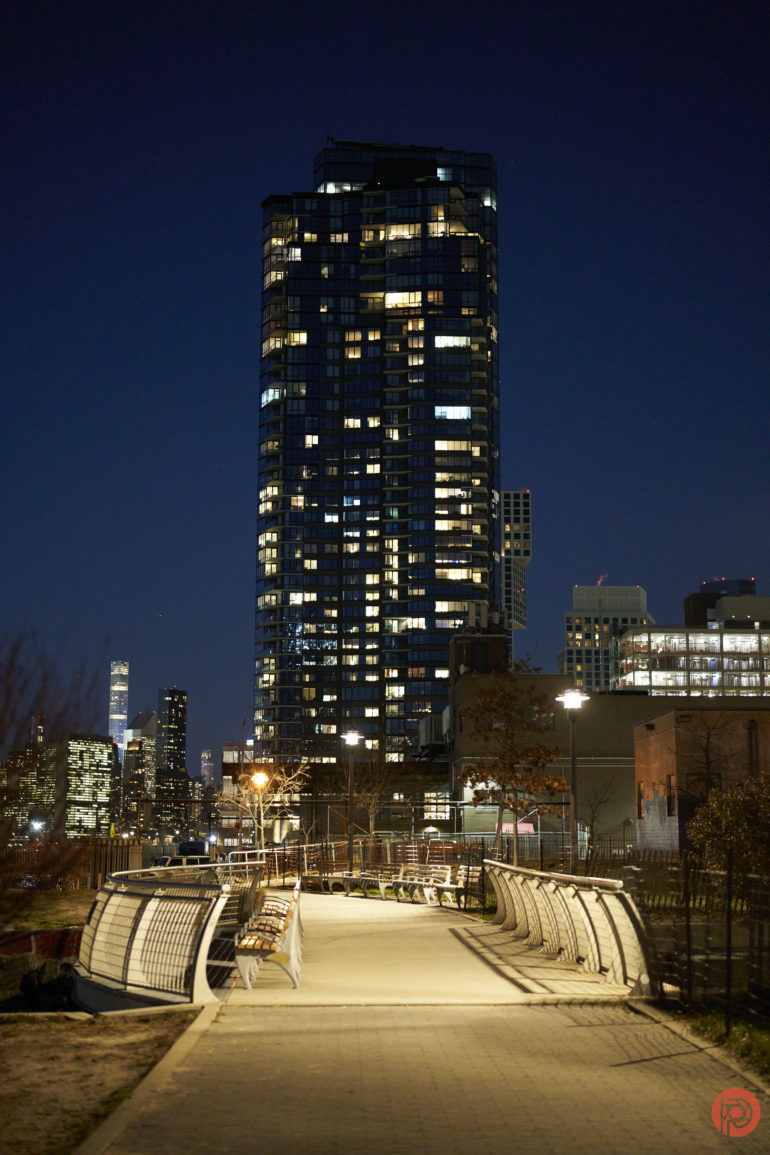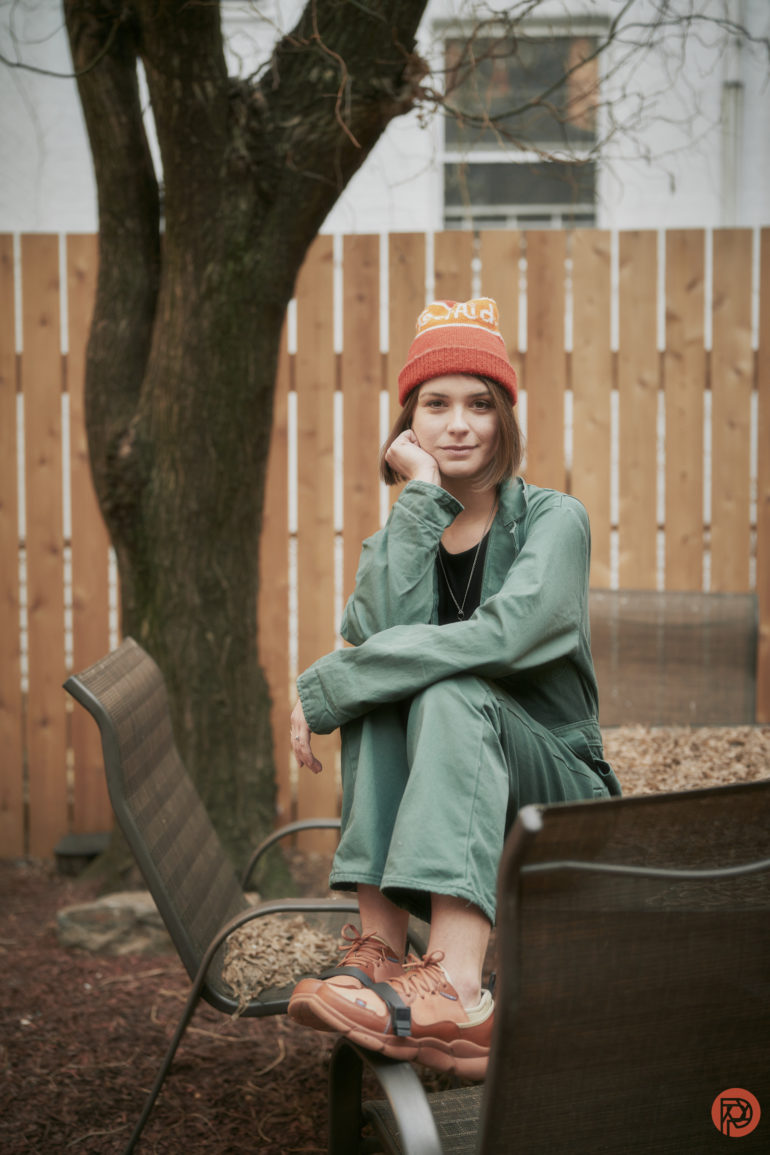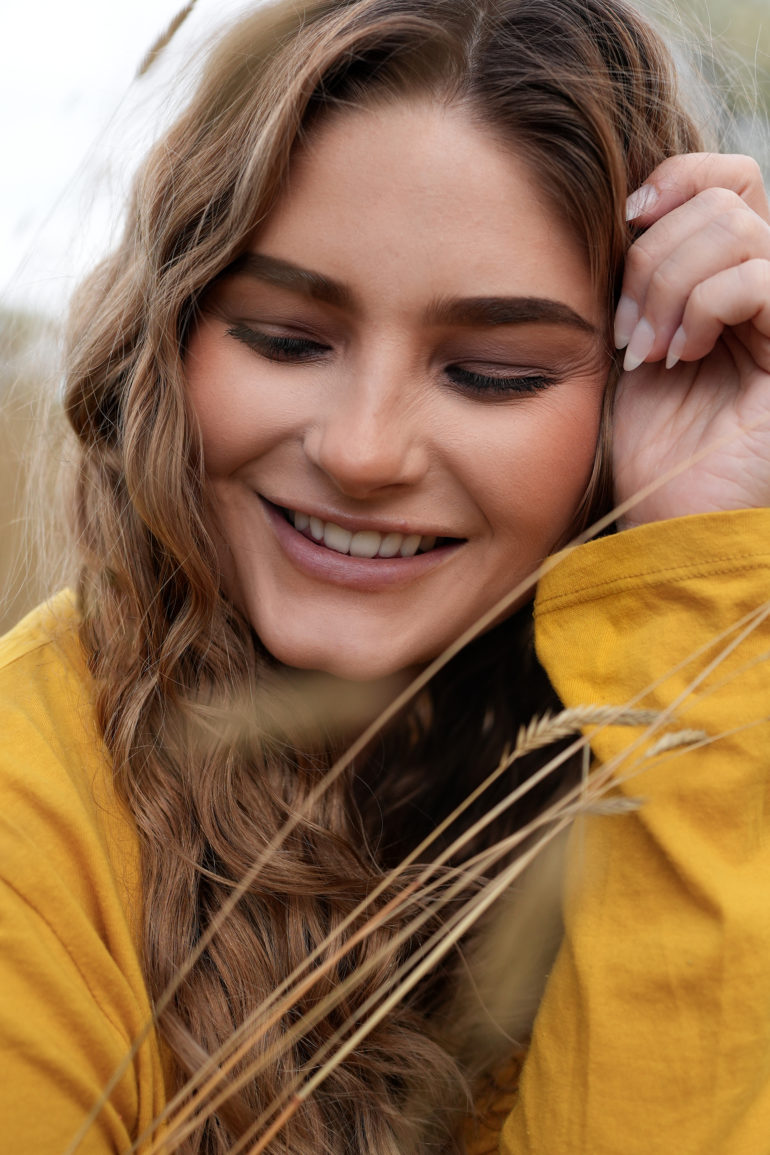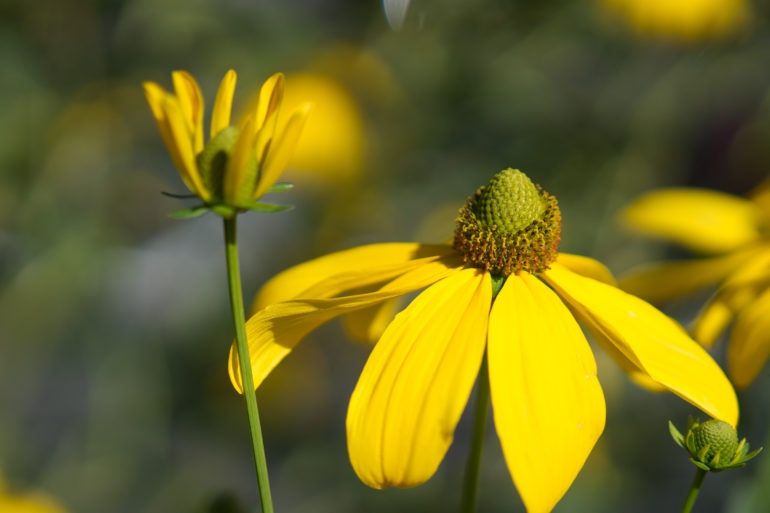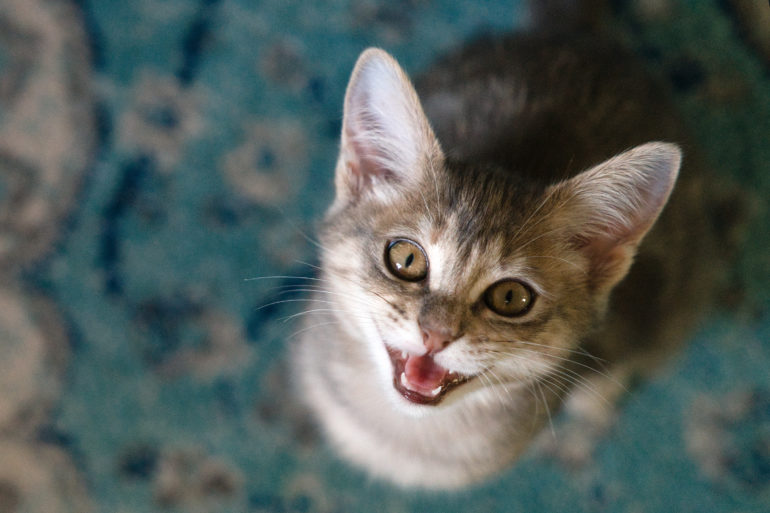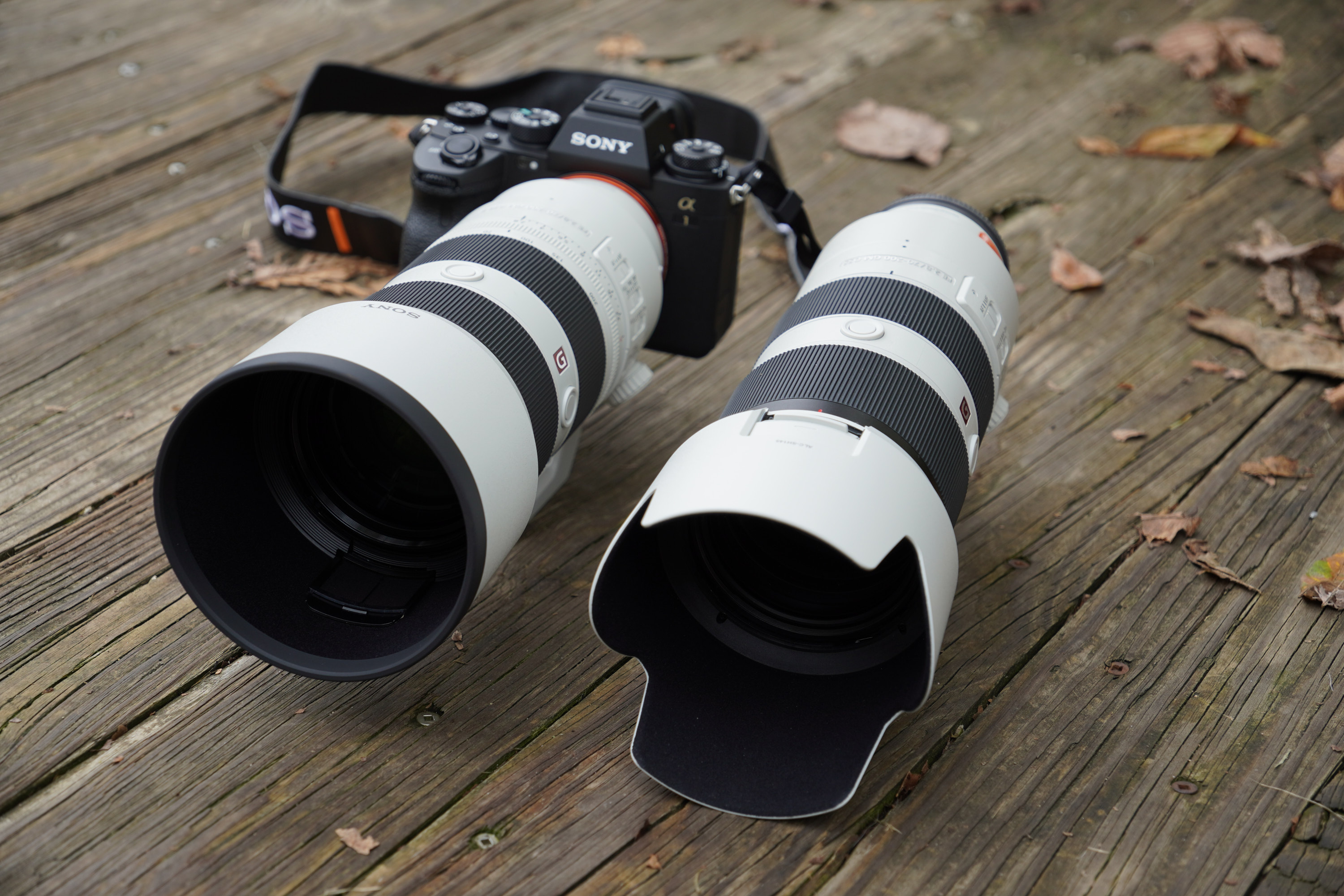Perhaps one of the most useful lenses ever made is the 70-200mm f2.8 lens. Every brand has one in some way or another. Any Sony photographers know that the Sony 70-200mm f2.8 GM II is a great lens for them. “The autofocus is faster, and also works much better on close-up subjects,” we said in our review. “The sharpness has improved and the lens significantly lighter, yet Sony still managed to add a dedicated aperture ring. It’s a lens with a lot of technical greatness.” But with such a great lens, what’s the best Sony camera for the 70-200mm f2.8 GM II?
How We Chose the Best Sony Camera for the 70-200mm f2.8 GM II
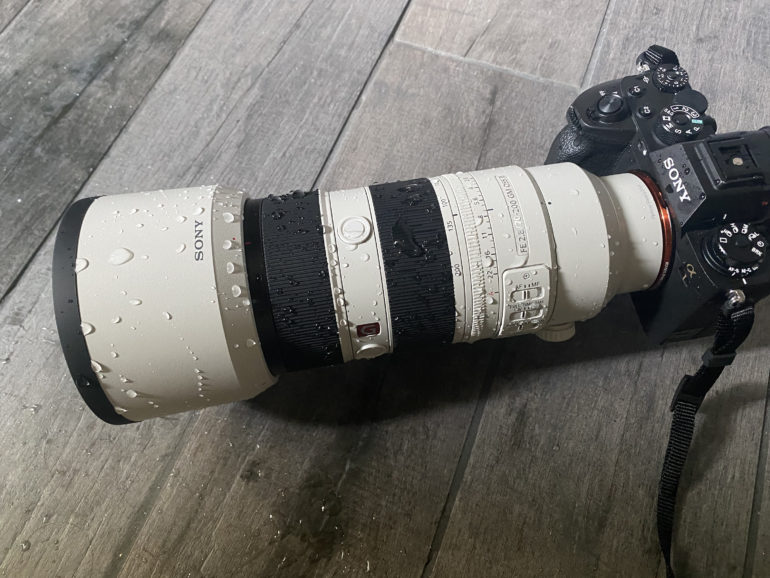
Here’s some insight into how to use this guide to the best Sony camera for the 70-200mm f2.8 GM II:
- The Phoblographer’s various product round-up features are done in-house. Our philosophy is simple: you wouldn’t get a Wagyu beef steak review from a lifelong vegetarian. And you wouldn’t get photography advice from someone who doesn’t touch the product. We only recommend gear we’ve fully reviewed in these roundups.
- If you’re wondering why your favorite product didn’t make the cut, there’s a chance it’s on another list. If we haven’t reviewed it, we won’t recommend it. This method keeps our lists packed with industry-leading knowledge. Some of our stories include affiliate links. If you buy something through one of these links, we may earn an affiliate commission.
- Sony E Mount (which we’re focusing on here) has many cameras available. And so, we’re choosing the best Sony camera for the 70-200mm f2.8 GM II: we’re sticking with full-frame camera recommendations. More specifically, we’re focusing on their SLR style cameras.
- So what makes a camera the best Sony camera for the 70-200mm f2.8 GM II? Well, it’s got to have great autofocus. But more importantly, it has to be very well balanced with the lens. Otherwise, you won’t want to use it. Other considerations are weather-resistance. All of the cameras we’re talking about in this roundup have the feature where the shutter comes down over the sensor to protect it. While some cameras might lean more towards resolution, others lean more towards high ISO results. And we’ve got something for everyone here.
- Lots of photographers think that there’s no good reason to use AF-S mode anymore. But there really is. Sometimes, you don’t need the camera jumping from subject to subjects when shooting. You can always set the tracking to being locked on. But what’s the point? Just change the focusing mode instead. You can do this with any of the options you pick as the best Sony camera for the 70-200mm f2.8 GM II from this list.
- Be sure to also check out our review of these cameras too!
The best Sony camera for the 70-200mm f2.8 GM II: Sony a1
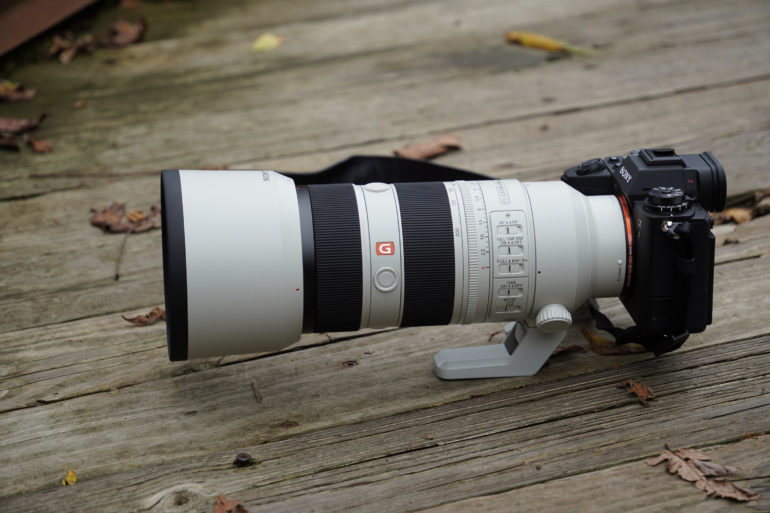
h
I mean, how could one not expect that the Sony a1 wasn’t going to be the best? It’s Sony’s flagship camera. But more importantly, it’s got all the features that one could want. There’s great autofocus, weather resistance, AI scene detection, balance, good battery life, and all the controls you need at your finger tips.
This pair is seriously the best Sony camera for the 70-200mm f2.8 GM II also because it’s so incredibly versatile. You can shoot a ton of frames per second when shooting sports or weddings. It’s also excellent for when you need resolution for retouching a portrait. And the Sony a1 can also perform very well in low light at an event.
This is a lens that mostly photojournalists are expected to pick up. But it’s also great for portraits, landscapes, and a bunch of other things.
PROS
- Sony’s a1 shows that stacked sensors are the future
- Detail rich images with great dynamic range
- Excellent ergonomics (the best Sony camera to date)
- The a1 features the new touchscreen menu system
- Fantastic overall autofocus performance
- 30 frames per second with the electronic shutter with virtually no rolling shutter or banding issues
- 1/400th mechanical shutter speed with compatible TTL flashes and triggers
- Sony’s 9.44 million dot EVF is a work of art
- Excellent build quality
- Good battery life
- 8K video
- Excellent performance with CFexpress A cards
CONS
- It has the same old 1.44 million dot LCD
- The LCD is not fully articulating
- Bird AF is a work in progress
- Multi Shot mode is inconsistent
- Autofocus suffers a little in very low light situations
- It’s $6,499
Tech Specs
Specs are taken from the LensRentals listing.
| Angle of View | 63.4° |
| Aperture Blades | 9, Rounded |
| Aspherical Elements | 2 |
| Autofocus | Autofocus |
| Brand | Fuji |
| Diameter | 2.6″ |
| Extra Low-Dispersion Elements | 3 |
| Filter Size | 58.0mm |
| Focal Length | 23.0-23.0 |
| Format | APS-C |
| Groups/Elements | 10/15 |
| Hood Included | Yes |
| Image Stabilization | No |
| Item Type | Lens |
| Length | 3.1″ |
| Lens Type | Wide Angle |
| Max Aperture | 1.4 |
| Maximum Magnification | 0.2x |
| Mfr. Model Number | 16746539 |
| Minimum Aperture | 16.0 |
| Minimum Focusing Distance | 0.6feet |
| Mount | Fuji |
| Weight | 0.8 lb. |
In our review conclusions, we said:
Who’s it for? Well, that’s a good question. It’s for photographers who need a no-compromise camera for both stills and video. I can see modern photojournalists, as well as professional sports and wildlife photographers reaching for this camera. Still, after this, it gets tricky. If you’re enthusiast sports, wildlife, or bird photographer who doesn’t need the video features and high-resolution images, the a9 or a9 II are better choices. If you’re a landscape photographer who needs the resolution but not the video, the a7r IV is for you. The Sony a1 is a phenomenal camera. However, it’s overkill for all but the hardiest of professionals whose work demands it.
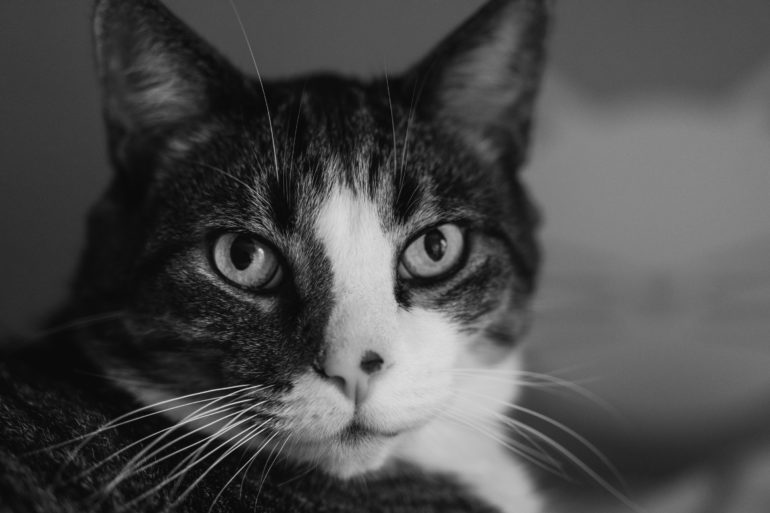


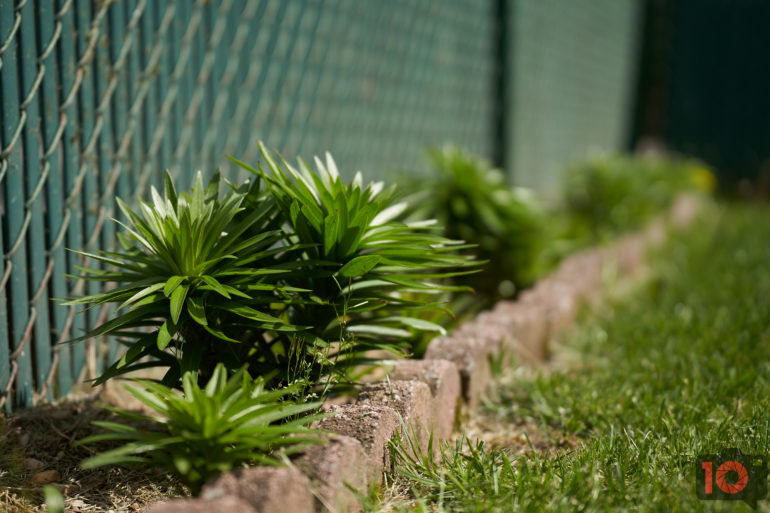
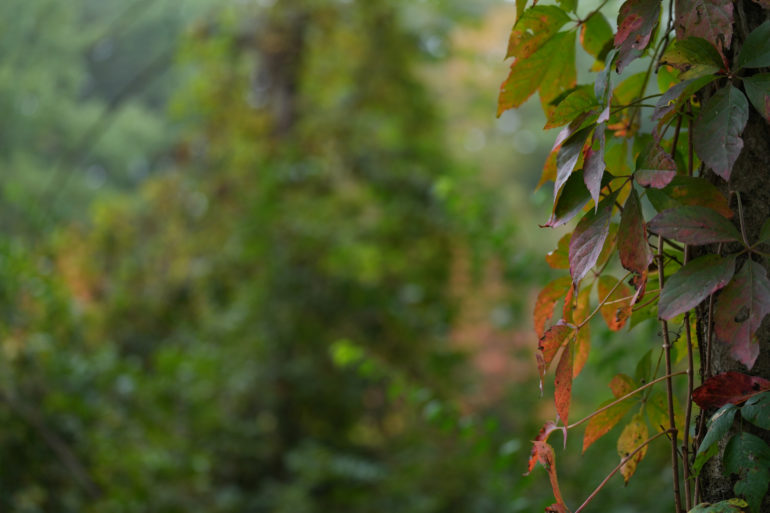

3 Other Great Options You Might Think is best Sony camera for the 70-200mm f2.8 GM II
Here are three other great options that photographers will enjoy. For some photographers, these might be the best Sony camera for the 70-200mm f2.8 GM II because of image quality, balance, or affordability.
SONY A7 IV
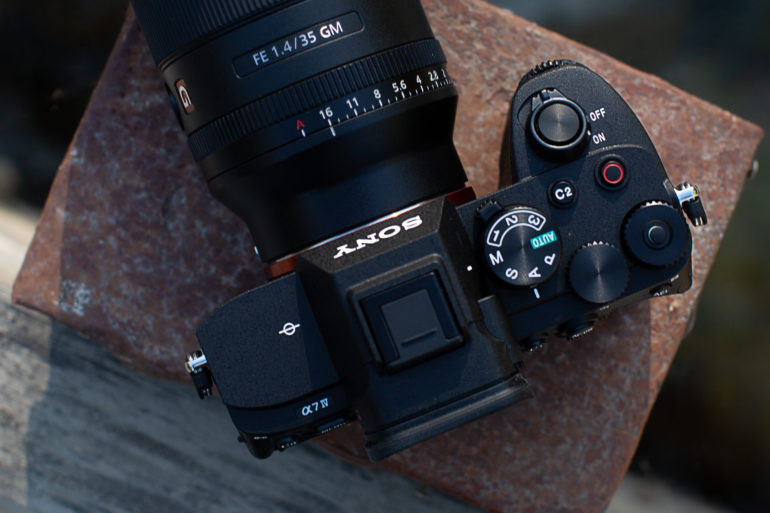
PROS
- Face detection and tracking
- Animal face detection and tracking
- Bird face and eye detection
- Metering
- Updated OLED screen and menu
- Comfortable grip
- Suitable for a variety of applications
- Weather-sealed and sensor dust issue is improved
- Fast autofocus
- Impressive Dynamic Range
- Sharp – almost too sharp for some womens’ portraits
- In-camera skin softening to combat incredibly sharp skin pores
CONS
- High ISO performance could be better
- Color noise in out-of-focus areas at lower ISOs
- Shutter freezes and the camera becomes unresponsive at times when shooting bracketed
- High burst mode currently only works if shooting compressed RAW
Tech Specs
- 33.0 MP (appx/effective) full-frame Exmor R™ CMOS image sensor
- Latest generation BIONZ XR™ image processing engine
- High resolution with color reproduction accuracy & low noise
- 15 stop dynamic range for natural gradations
- Creative Look / Soft Skin Effect
- 10-bit HEIF format (4:2:2 or 4:2:0)
- 5.5-step advantage 5-axis in-body image stabilization
- 828 continuous RAW+JPEG shooting
- 759 phase-detection AF points (94% coverage)
- Improved AF-S speed / Improved low light AF down to EV-4
- AF tracking for continuous shooting at f22
- Real-time Eye AF for Human/Animal/Bird
- More tenacious Real-time Tracking
- 4K 60p recording in Super35 format for slow-motion
- 4k 30p recording, 7k oversampling for high resolution
- S-Cinetone™ and Creative Look for delivery work
- 10bit S-Log3 with 15+ stops of dynamic range
- 10-bit depth, 4:2:2 color sampling Intra-frame encoding (XAVC S-I)
- High-efficiency MPEG-H HEVC/H.265 (XAVC HS)
- Optical “Active Mode” image stabilization
- Digital Audio Interface for cleaner, clearer audio recordings
Our review concluded by saying:
“The addition of real-time eye autofocus for humans, birds, and animals is wonderful and a lot of fun to use. I tested it out on my ferocious feline while following him around our complex. Both AF-C and AF-Auto modes were successful in getting many usable frames as he frolicked and played. The tracking is impressive, even when the eye is no longer visible. Tracking is much more accurate once the subject turns, so their eyes are back in the scene. Wedding photographers will appreciate these enhancements.”
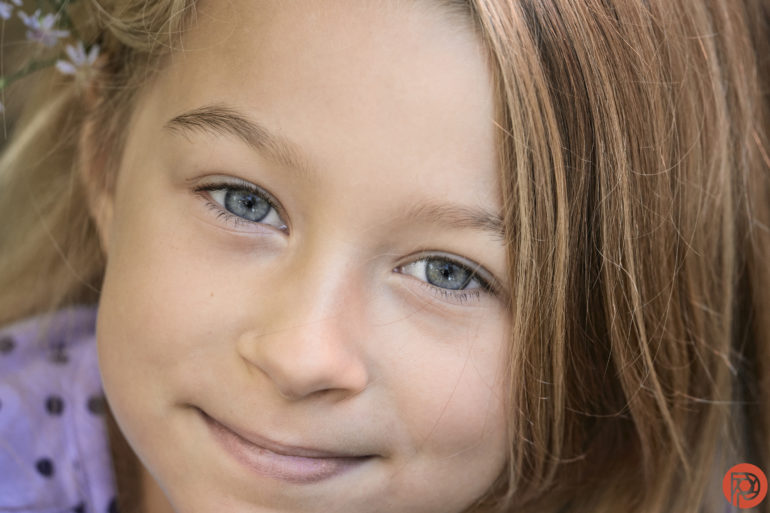

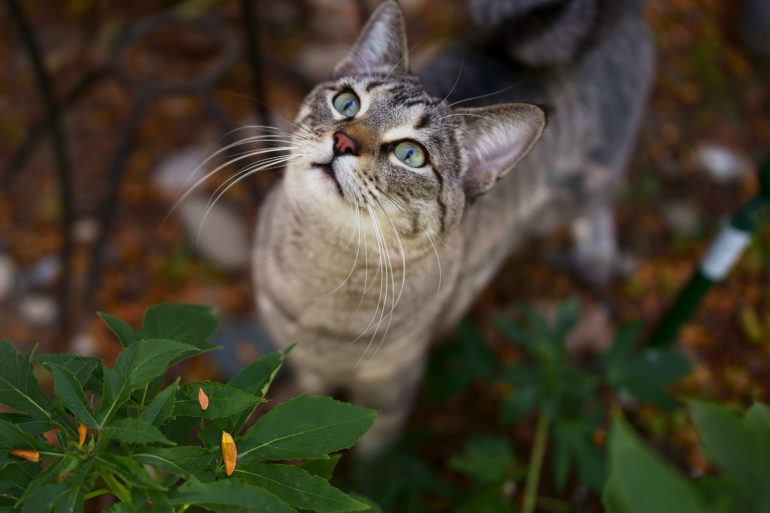
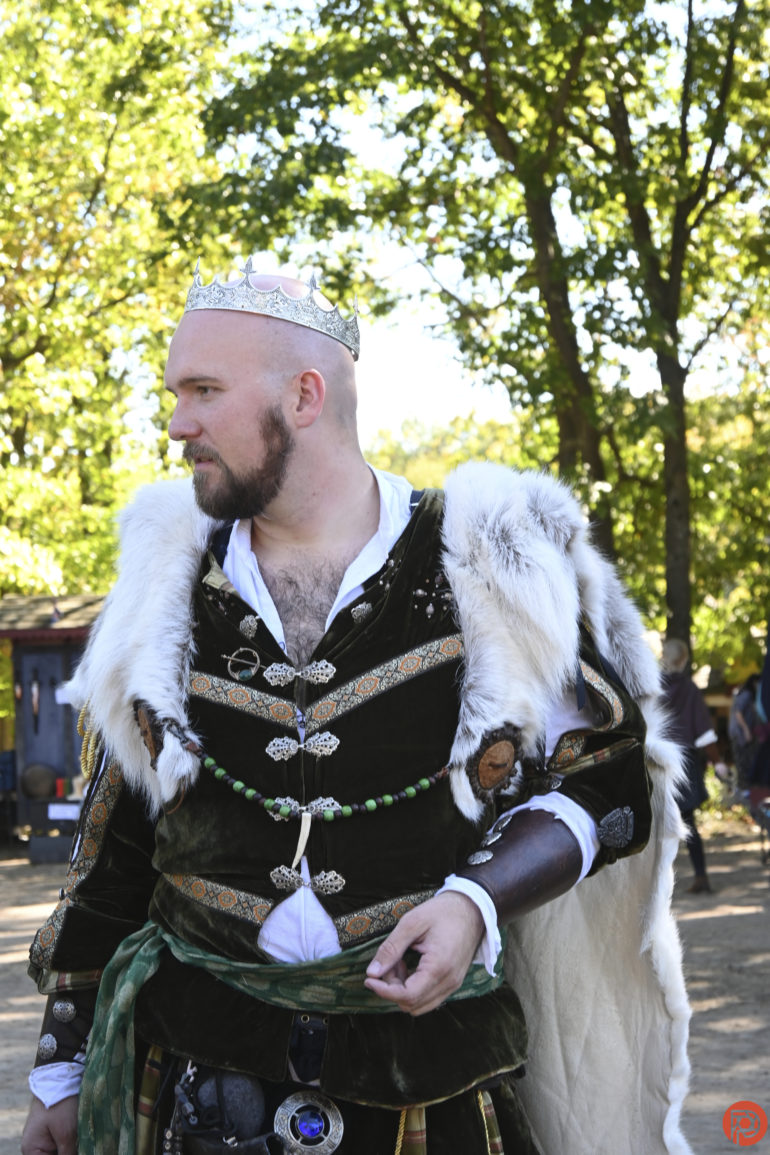


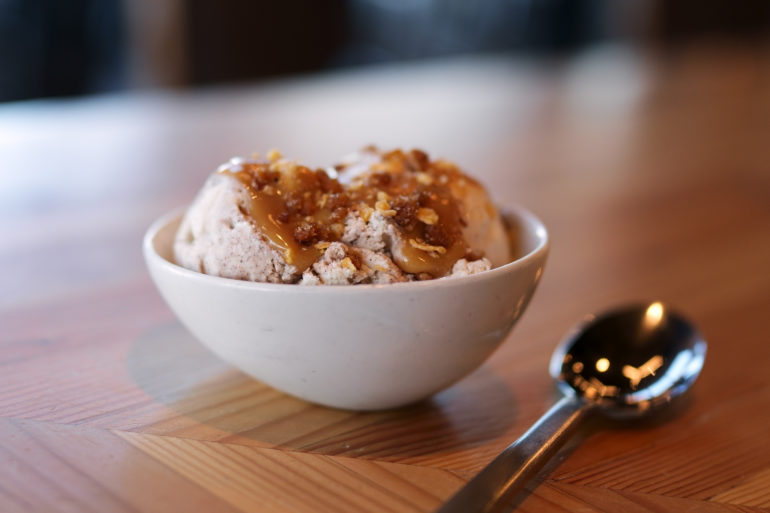
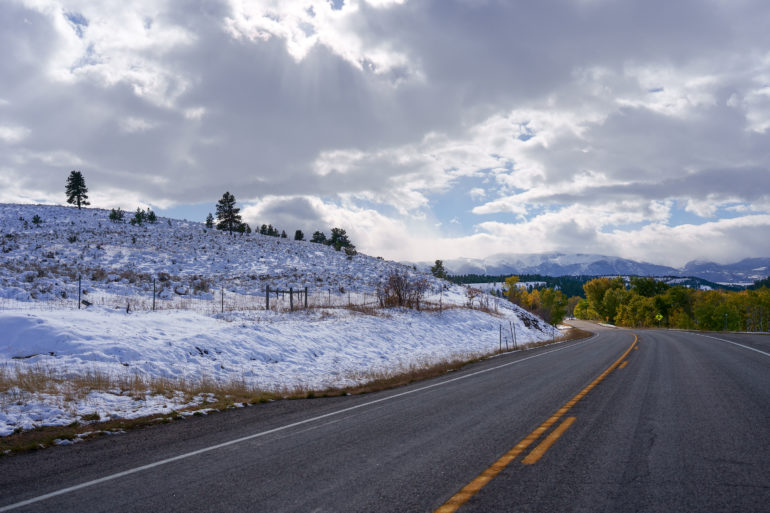
SONY A7S III
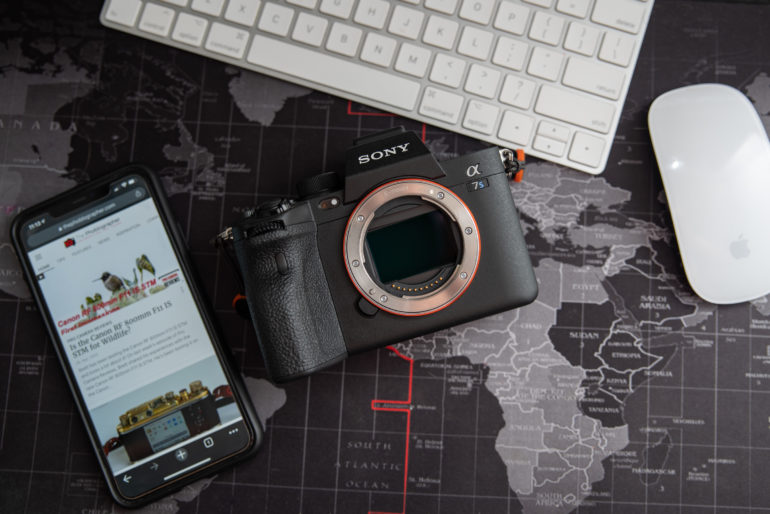
PROS
- Nice feel in the hand
- Good build quality
- Weather sealing
- Fantastic autofocus
- The 9.44 million dot EVF is simply gorgeous
- A new touch menu system! Hallelujah!
- Despite only having a 12MP sensor, the image quality is great
- Sony finally added a tilty, flippy screen
- Decent battery life when being used for stills
- Not a bad price ($3,498)
CONS
- The LCD is on the small side, and it hinders the new menu system
- The EVF can lag in low light situations, even when on its highest refresh rate settings
- Colors take on rather strange tones at very high ISOs
Tech Specs
- SENSOR TYPE: 35 mm full-frame (35.6 × 23.8 mm), Exmor R® CMOS sensor
- NUMBER OF PIXELS (EFFECTIVE): Approx. 12.1 megapixels
- ISO SENSITIVITY (RECOMMENDED EXPOSURE INDEX)Still images: ISO 80–102400 (ISO numbers up from ISO 40 to ISO 409600 can be set as expanded ISO range.), Movies: ISO 80–102400 equivalent (ISO numbers up to ISO 409600 can be set as expanded ISO range.)
- BATTERY LIFE (STILL IMAGES)Approx. 510 shots (Viewfinder) / Approx. 600 shots (LCD monitor) (CIPA standard)
- VIEWFINDER TYPE 1.6 cm (0.64 type) electronic viewfinder (color) 9.44 million dot
- MONITOR TYPE: 2.95 inch (3.0-type) wide type TFT
- IMAGE PROCESSOR: BIONZ XRTM image-processing engine
- DYNAMIC RANGE: 15 STOPS
- IBIS: Body-integrated 5-axis optical image stabilization, Active Mode for movies
- AUTOFOCUS: Fast Hybrid AF with 759 phase-detection AF points and enhanced Real-time Eye AF
In our review, we state:
So, who is the Sony a7s III for? As you all know, the Sony a7s III is not designed as a photography forward camera. However, it’s still a competent stills shooter. The Sony a7s III is perhaps the closest thing to a great all-rounder for documentarians who shoot video and stills. The same can be said for photojournalists too. The small size of the images (JPEGS are roughly 7MB) are the perfect size to be sent quickly and efficiently to editors. The photos have more than enough detail to be printed in newspapers and magazines, as long as they are not huge. They are also more than good enough to be used online. Modern photojournalists and documentarians need to shoot video too. The Sony a7s III is one of the most versatile cameras around for video production.
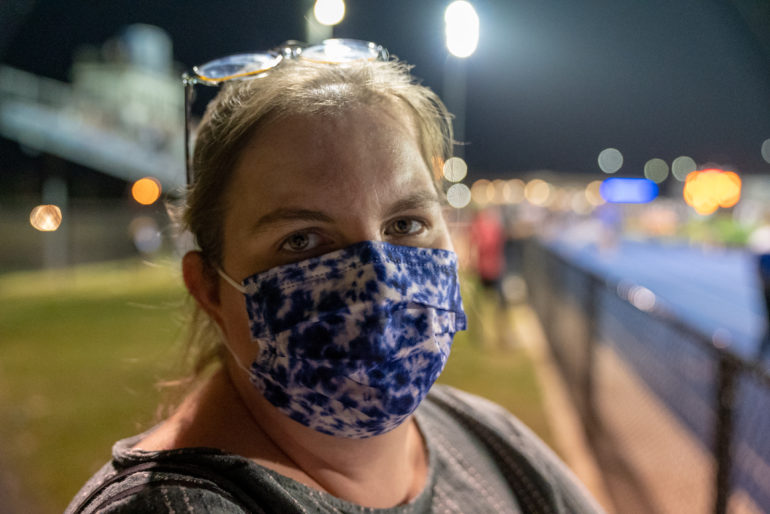
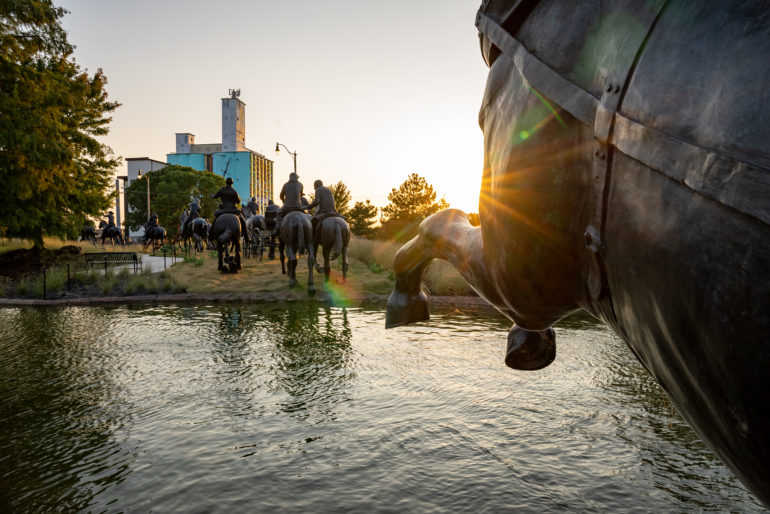
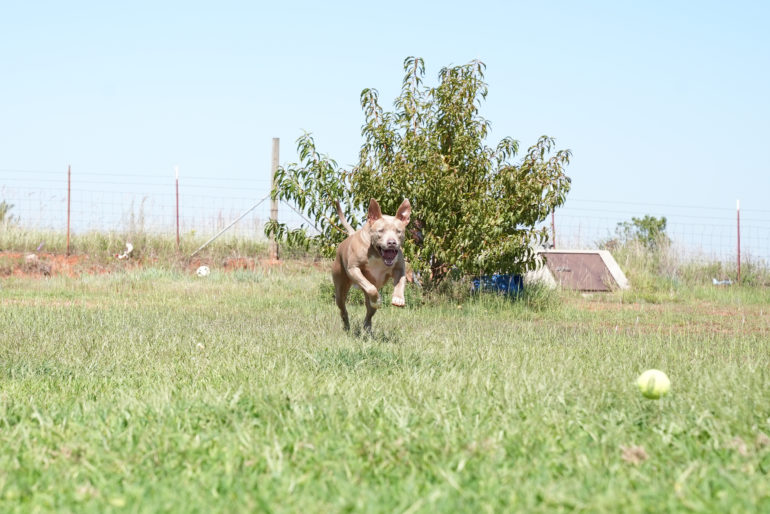
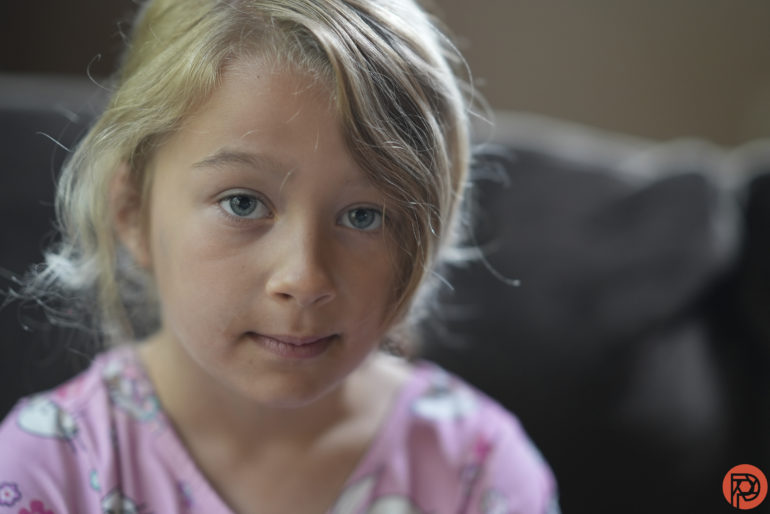
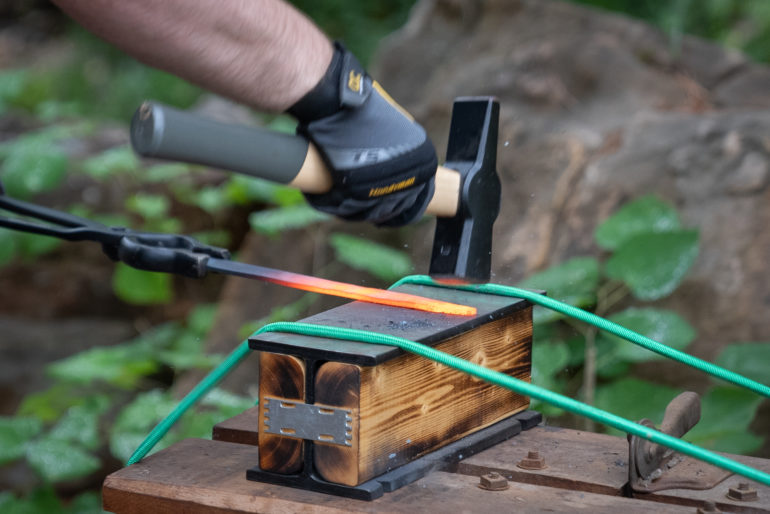

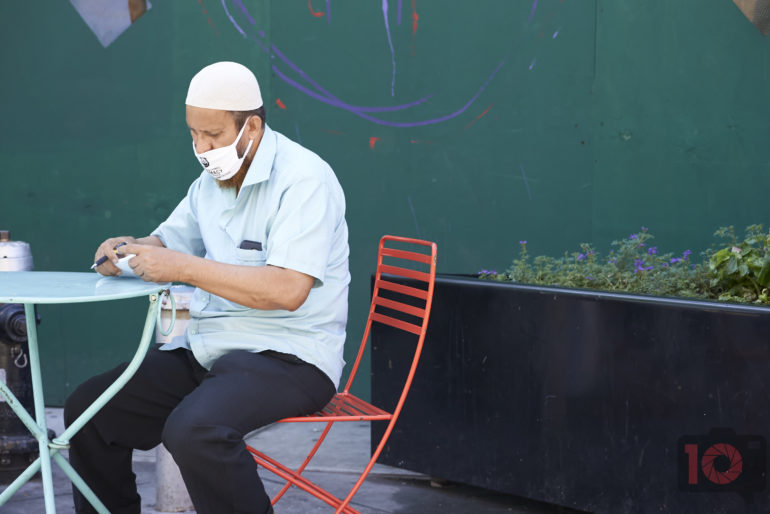

Sony a7r V
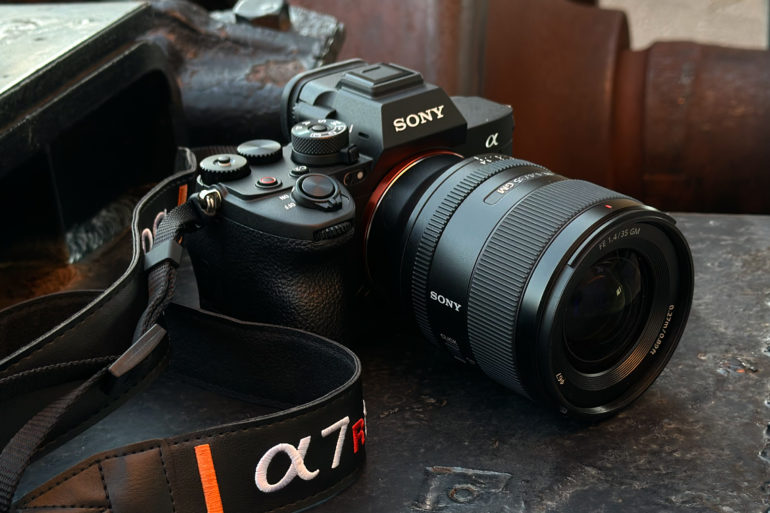
PROS
- Beautiful colors and lovely contrast
- New OLED screen and 2nd main menu
- Very accurate metering
- Improved dust protection
- Autofocus is impressive
- New Vehicle/Train, Airplane, and Insect tracking
- Improved auto white balance
- Images are sharp without being too much for women’s portraits.
- Comfortable grip
- You can skip editing altogether if you want.
CONS
- Subtle low ISO sensor noise
- Camera menus would benefit from further indexing
- Imaging Edge needs to come into the 21st Century
Tech Specs
- 61MP Full-Frame Exmor R back-illuminated CMOS sensor
- BIONZ XR Image Processing engine providing 8X more processing power than A7RIV
- Designated AI processing unit (details below)
- Completely updated 5-Axis in-body Image Stabilization with up to 8-stops of compensation
- 15-stops dynamic range
- Extremely accurate exposure and color
- Visible Light + IR sensor
- Standard ISO up to 32,000 for movies, expandable to ISO 102,400 for stills
- Precise, versatile external flash control with P-TTL adjusting output, color, exposure for each frame.
- Pixel Shift Multi Shooting – 16-image, 240.8MP composites now adjusting for fine scene movement
- Selectable S,M,L RAW options including lossless RAW for efficient workflow
- 70 Next-Gen E-Mount lenses including 47 Full-frame lenses
- Highest Image Quality in Alpha History
- Advanced Real-time tracking with 693-point high density phase detection AF
- Advanced subject recognition with Human Pose Estimation
- Reliable recognition of a wider range of subjects – Human, Animal, Bird, Insect, Plane, Car, Train
- Accurate AF down to -4.0EV
- Focus Bracketing up to 299 images
- Next Generation AI-Based Autofocus
- New 4-axis multi-angle LCD monitor offers unprecedented monitoring flexibility
- Up to 10 fps with AF/AE tracking, up to 583 compressed RAWs
- Class leading EVF – 9.44 million dot QXGA @120fps
- Dual CFexpress Type A/SD Card Slots
- Dust & Moisture resistant
- Rugged Magnesium Alloy Chassis
- New anti-dust system
- Mechanical Shutter rated for 500,000 actuations
- USB PD support for fast charging
- Wi-Fi 802.11ac 2×2 MIMO, SuperSpeed USB 10-Gbps
- Versatile Tethered Shooting
- FTP via Wireless LAN, Wired LAN, and USB Tethered 5G Smartphone
- UVC / UAC for streaming without additional apps, software, hardware
- HDMI Type-A, Flash Sync terminal, USB-C, USB Micro, Mic, Headphone
- Connectivity for Professional Workflows
In our review, we state:
The a7r V takes everything we enjoy about the a7r IV and improves the user experience. Sony has added a new AI unit for faster and more accurate autofocus performance with a 10fps burst rate. It’s a night and day difference compared to the previous model. Sony has also added new AI based tracking modes to keep its status as one of the best offerings on the market. Photographers of all skill levels will enjoy these enhancements.
